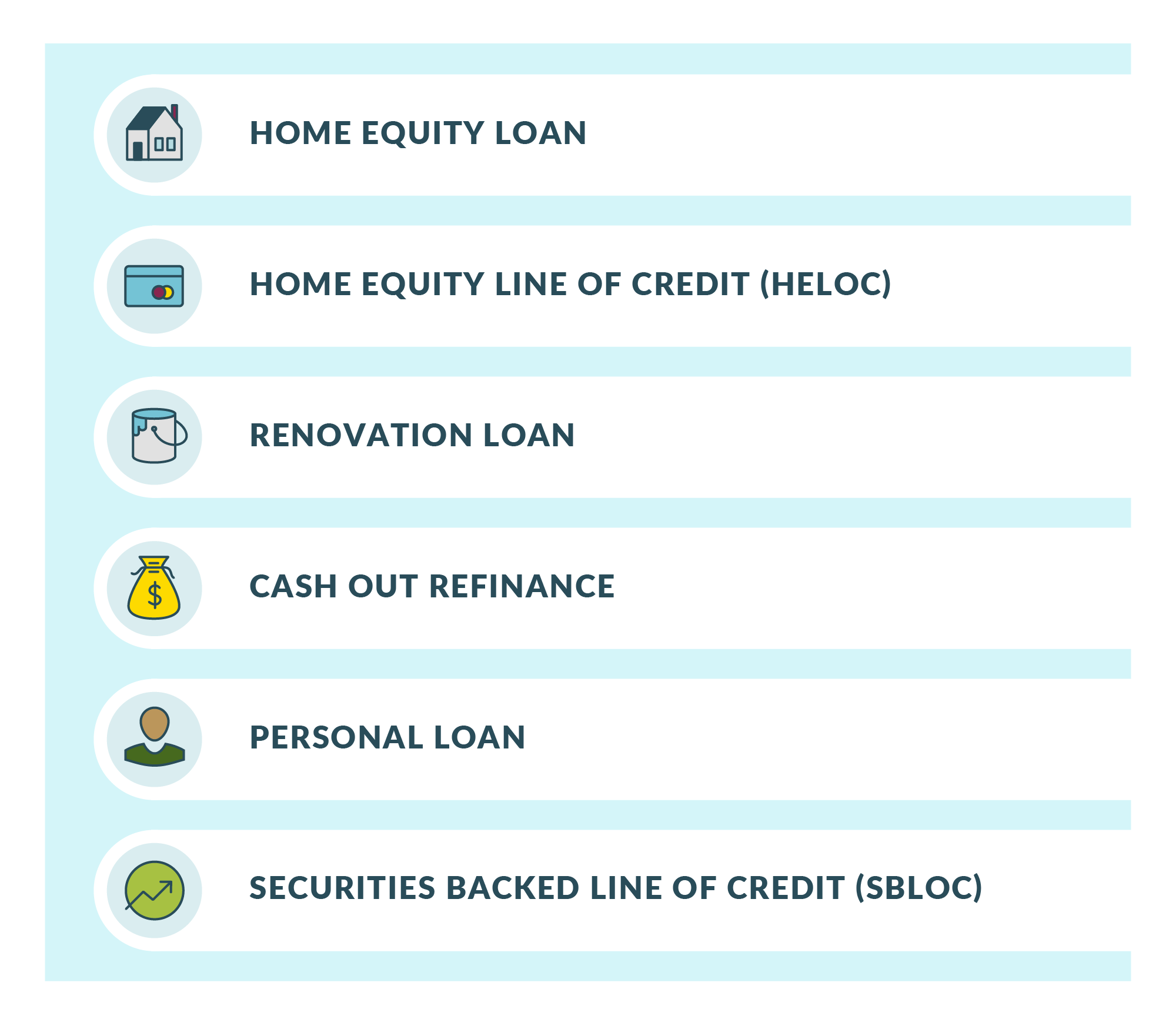SUMMARY
Looking to remodel? This article explores the best ways to finance home renovations so you can make informed decisions about your project.
Buying or Building a Home
6 minute read time
Looking to remodel? This article explores the best ways to finance home renovations so you can make informed decisions about your project.
Home renovations continue to be a significant trend, driven by the desire for comfort and increased home value. With the current housing market and limited inventory, homeowners are opting to renovate rather than move.
Whether you’re looking to adapt to your evolving lifestyle or simply improve your home’s style or livability, now might be the right time to invest in your current home. If you’ve been dreaming of a home remodeling project, here are a few benefits and various options based on your unique situation and goals:
Remodeling remains very popular, with larger scope projects such as additions and kitchens seeing a significant increase. This surge is due to the limited housing stock and homeowners' reluctance to give up their low mortgage rates. Instead, they are choosing to expand their current homes for a less expensive investment.
The cost of home renovations varies widely depending on the project's scope and nature. Here are some typical cost ranges for common projects according to JH Universal Construction LLC, Paradise Builders and Haven Creek Homes:

Selecting the appropriate financing option depends on your budget and how quickly you want to pay off the loan. For shorter-term needs, a Home Equity Line of Credit (HELOC) might be suitable, while longer-term projects may benefit from a fixed-rate loan to avoid payment variations. Once you understand your project goals, it’s important to discuss these options with your advisor to determine which is right for you:
A home equity loan is secured against the equity in your home. Tapping into your home’s equity can be an effective way to fund home improvement projects. Paid out in a lump sum, a borrower repays the loan through a fixed monthly payment at a fixed interest rate.
Considerations
Benefits
A Home Equity Line of Credit is also secured by the equity in your home. Similar to a credit card, it allows you to borrow from a line of credit – just as much as you need, when you need it. The interest rate is variable, meaning interest can fluctuate from month to month, and is charged only on what you borrow.
Considerations
Benefits
A renovation loan factors the future value of the home into the loan amount. It may be appropriate for large remodeling projects, like a bathroom remodel or transforming a home into an open concept living space.
Considerations
Benefits
Using the equity you’ve built in your home, cash-out refinancing replaces your current mortgage with a single loan for all of your borrowing needs. It is essentially a loan that is higher than the current amount you owe on your mortgage, with the difference being paid out to you in cash.
Considerations
Benefits
There are two main types of personal loans – secured and unsecured. A secured loan enables you to use collateral besides your home to finance, such as a car, boat or an RV. An unsecured personal loan is not secured by any item of value, such as a credit card or student loan.
Considerations
Benefits
A SBLOC is a type of revolving line of credit where you borrow money against the value of your securities (like stocks, bonds and mutual funds) in your brokerage account. It allows you to access cash without having to sell your investments.
Considerations
Benefits
By understanding the typical costs associated with different types of renovations and selecting the right financing option, homeowners can achieve their remodeling dreams and increase the value of their property. Connect with an advisor to determine the most suitable financing option and create a realistic budget for the project today.
Products and services offered by Johnson Bank, Member FDIC, a Johnson Financial Group company. Loans are subject to credit and property approval, bank underwriting guidelines, and may not be available in all states. Other loan programs and pricing may be available. Conditions, terms, and restrictions, including property and flood insurance, will vary based on loan program selected and property location. Private mortgage insurance may be required on loans with less than 20% down.